SADC moves to establish regional health portal
- By Zimpapers Syndication |
- 18 Mar, 2025 |
- 2

Sifelani Tsiko
SADC countries have ramped up efforts to establish a regional health portal to provide greater access to comprehensive online information about initiatives across both the public and private healthcare sector.
Health communicators drawn from the region held a technical consultation meeting in Harare recently to lay the foundation on the agreed SADC health ministers’ taskforce mandate to establish a regional health information portal.
The portal aims to provide reliable health care information about each member state and also serve as a single point of access for consolidated Sadc health information.
The new website which will be launched soon provides detailed and regularly updated information from various government health agencies, research institutions and other operations in the private sector.
Opening the technical consultation meeting, Zimbabwe Health and Child Care Minister Dr David Parirenyatwa said the establishment of a regional health portal will enhance information sharing between the public and private health sectors across the region.
“We are in the age of information technology but we are not utilizing it,” he said. “Let us as SADC countries have such a portal and share information.
“There is a lot of research going on and we don’t use it to address some of the problems we face in the health care sector. We only get surprised when we read about our own research findings when we get to the World Health Organisation assembly in Geneva.”
Establishing a regional health portal, he said, would help member states to share best practices and address long standing health challenges facing the whole region.
“Setting up a regional health portal could easily become a key milestone for the region,” Dr Parirenyatwa said.
“We must continue to engage, continue to form partnerships and map out a roadmap that is realistic and achievable.”
UNHCR today launched a new website providing detailed and regularly updated information from the agency and its operational partners on the refugee and displacement emergency in the drought-stricken Horn of Africa.
The new site is expected to provide a comprehensive information - sharing portal for all of the member states’ healthcare sector.
"This portal which is still under development provides a single platform upon which we and our operational partners across the region can share information on any aspect of our work," said
Dr Erick Ventura, the International Organisation for Migration, regional health coordinator.
"This is not a new thing, but it’s a journey we have started. It has taken us a long time but we are moving to establish the portal. More information means better coordination among our country health agencies and more rapid sharing of best practices and information to deliver health care to our people.”
IOM is supporting SADC to establish a health portal.
The portal will provide a regional overview of SADC health sector as well as specific information on conditions and activities at the country level.
Resources include statistics, including data on populations and movements, maps, current indicators for several healthcare activities – health, news and information updates.
The site is also expected to provide easy – to - read data graphics; access to a variety of current documents; and quick links to a variety of partner web sites.
While still in the development phase, member states have agreed to provide country data and information on the health care sector to kick – start the portal which is expected to create an immediate one-stop platform where all partners in the SADC health sector will be able to regularly contribute vital information.
Health communicators have consulted widely about their needs and priorities for the new web portal and will soon be able to directly post their own information and data, contributing to the overall timeliness and accuracy of the site.
“It’s going to be a repository for the region’s healthcare information,” said Dr Ventura. “We need to organise the information and share best practices.
“We want to ensure that all documents of all initiatives being carried out in various member states are also captured. The platform is 98 percent empty and we need to commit ourselves to the capturing of data ourselves.”
He said the portal had a potential to attract development partners on board.
“We need to populate this portal with information and create a vibrant online platform to provide a single point access for authenticated health information for citizens, students, healthcare professionals and researchers.”
The move to set up the portal is in pursuance to the SADC decision at the 2015 summit which was held in Victoria Falls where health ministers agreed to speed up the setting up of a portal to serve as a single point of access for consolidated regional health information.
At present, accessing health information for SADC countries is not easy, making it difficult to offer regional comparisons for best practices and challenges facing each member country.
Experts say the absence of such a portal has made it extremely difficult to access reliable, high quality health information which is important for the promotion of health among the SADC population.
“At present there is no easy access to information for SADC members,” Dr Ventura said. “The SADC secretariat has not been able to set up such platforms and fill in the content. So, it’s important for us to set up a SADC wide information network with nodal focal points for providing information for various countries in the region.”
He also said plans were underway to link the portal to social media such as Facebook, Twitter and others to maintain an on-going interest in the portal.
Dr Ventura said the portal also needed to have an editorial team, a memorandum of understanding with a company which was providing logistical support for the portal.
“After the establishment of the site by the IOM, the maintenance of the site will be important,” he said. “We need a researcher as well as a technical designer. We will also have to create mechanism for authenticating the information before it is uploaded.”
Lesotho health minister Dr Molotsi Monyamane welcomed moves to establish the regional portal saying it will help raise the profile all health ministries in the region.
“This is a good move and this will help us showcase our best practices,” he said. “We need to encourage the private sector to support this initiatives. Econet – that telecommunications giant with wings all over southern Africa should be encourage to support the portal since it has healthcare insurance products.
“We have to bring in other IT companies and ensure they also contribute to the maintenance of the portal.”
Engaging various stakeholders, he said, will help sustain a vibrant regional health portal.
“It’s a very exciting initiative for us,” Dr Monyamane said. “It will be good for donors to relate to our stories, to see how we are utilizing their resources for the well –being of our people. It’s a very powerful tool and it can make a difference for the SADC region.”
Said Dr Parirenyatwa: “Our portal is an innovative and collaborative first-of-its-kind tool. It is very key as we move into a crucial paradigm shift.
“We need this type of proactive approach in solving the long standing health challenges in our region. So this portal is a fundamental tool to share best practices not just of the public sector engagement but also to showcase the private sector capabilities and efficiencies.”
No Comments



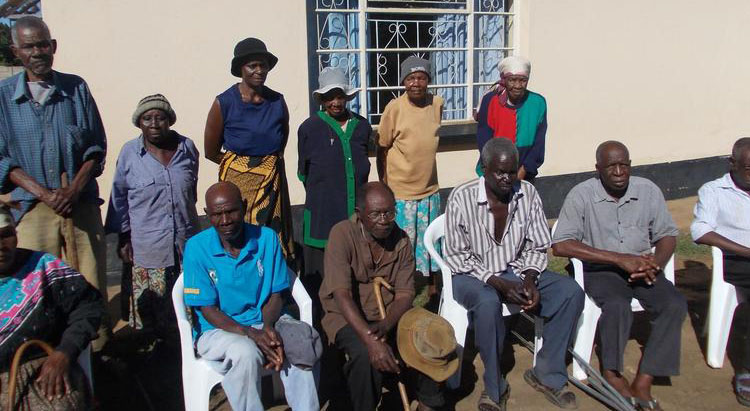
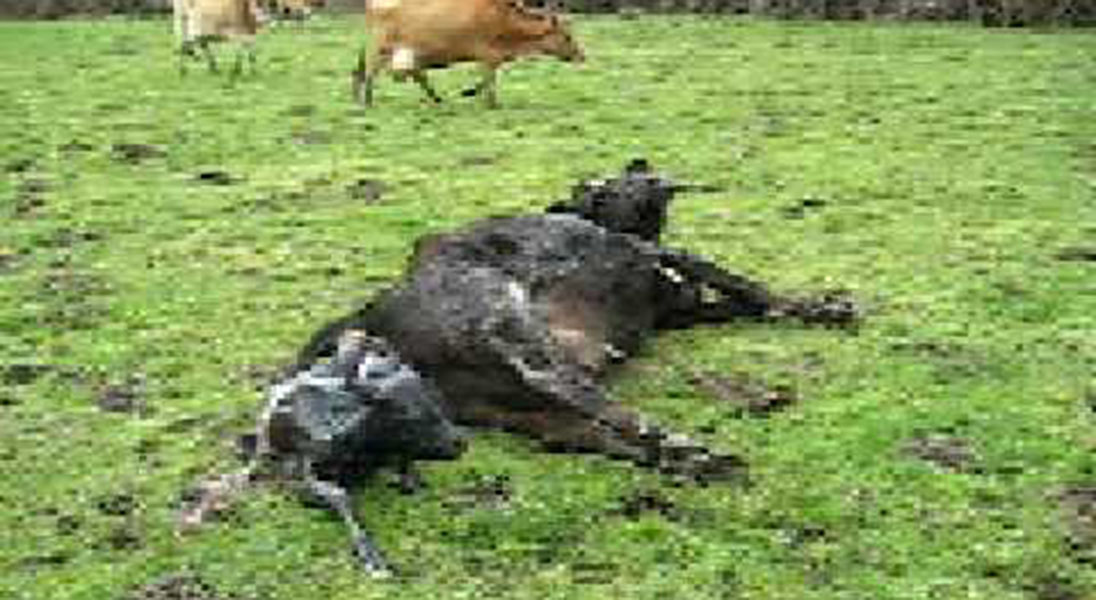

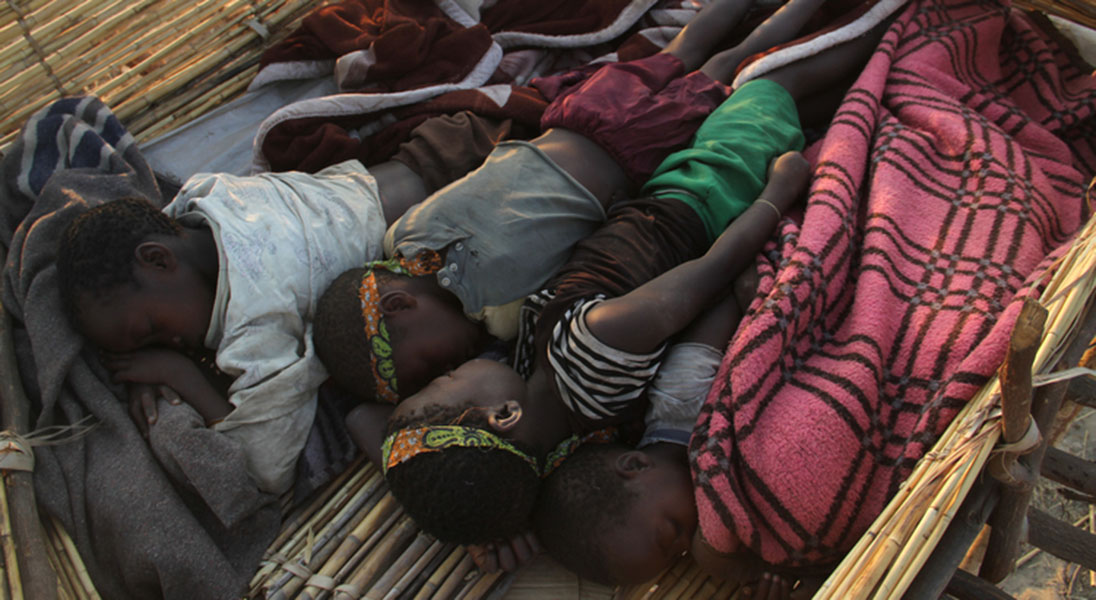
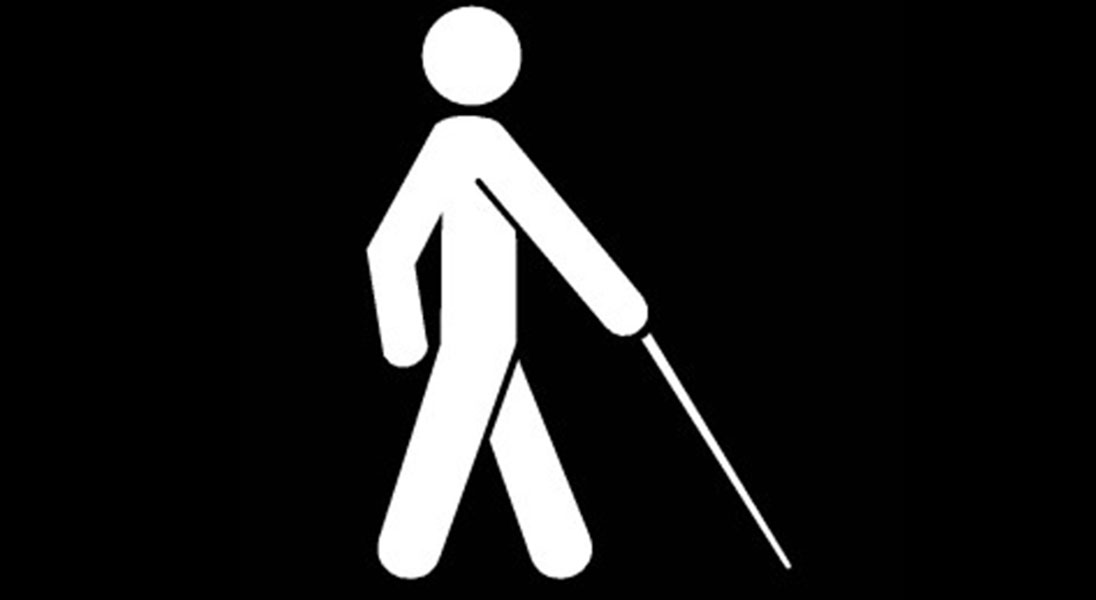
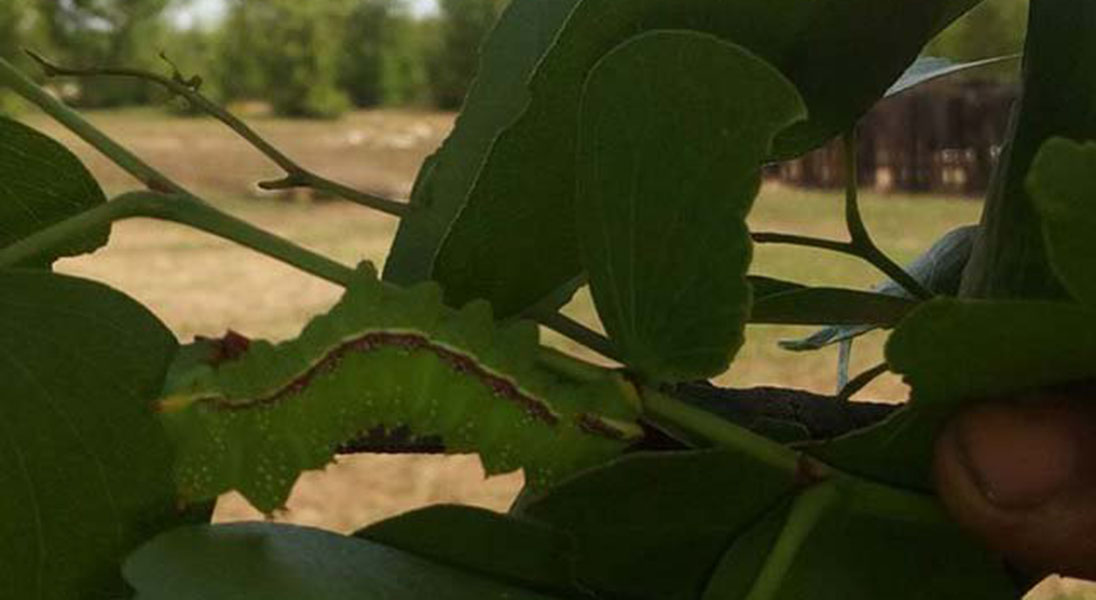


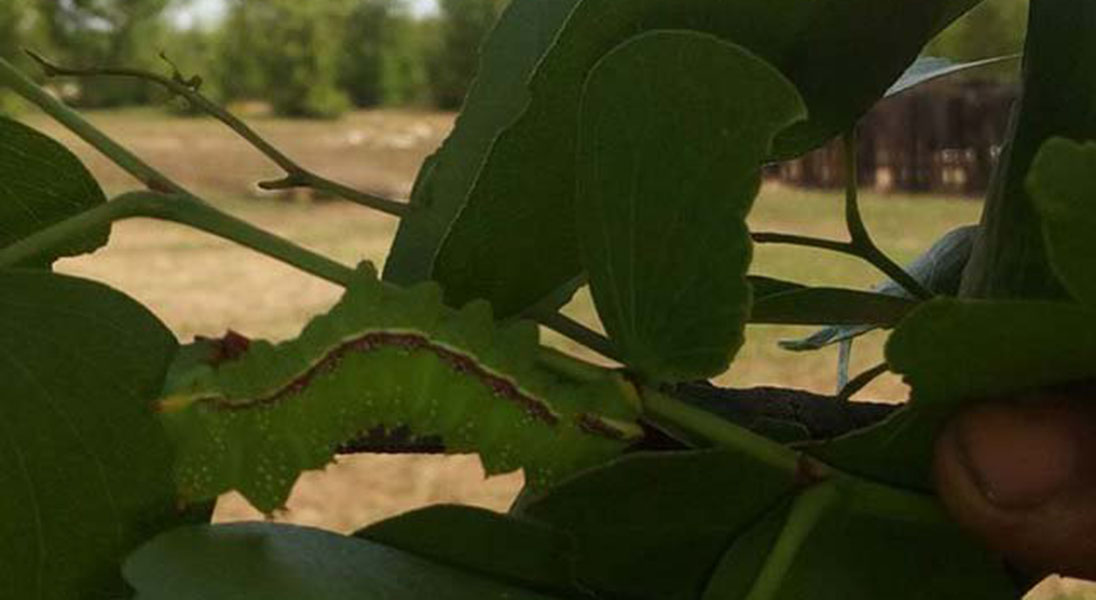
.jpg)
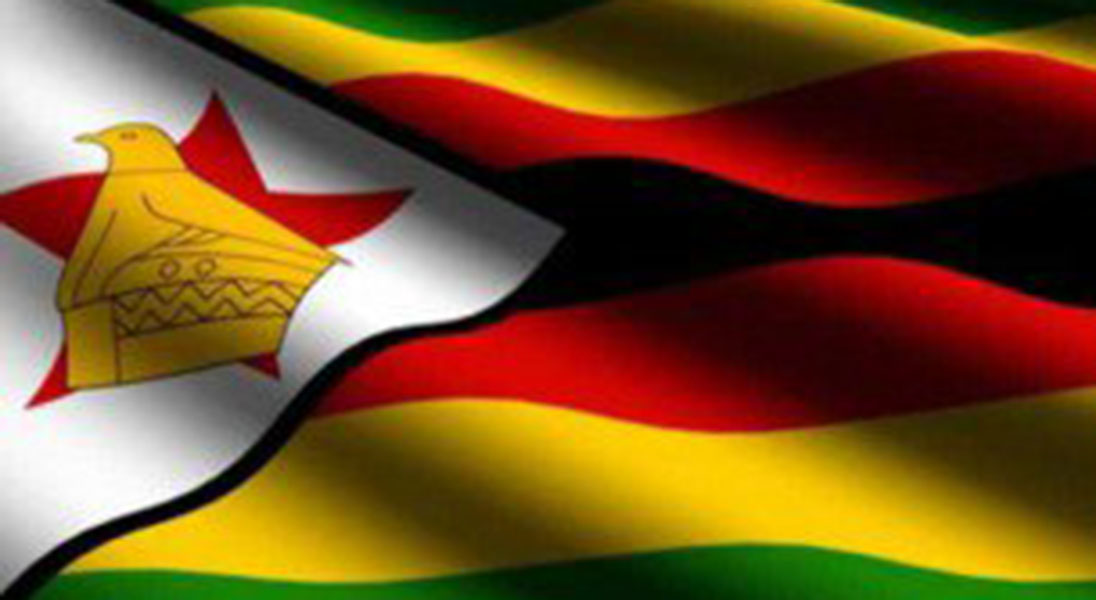
Comment